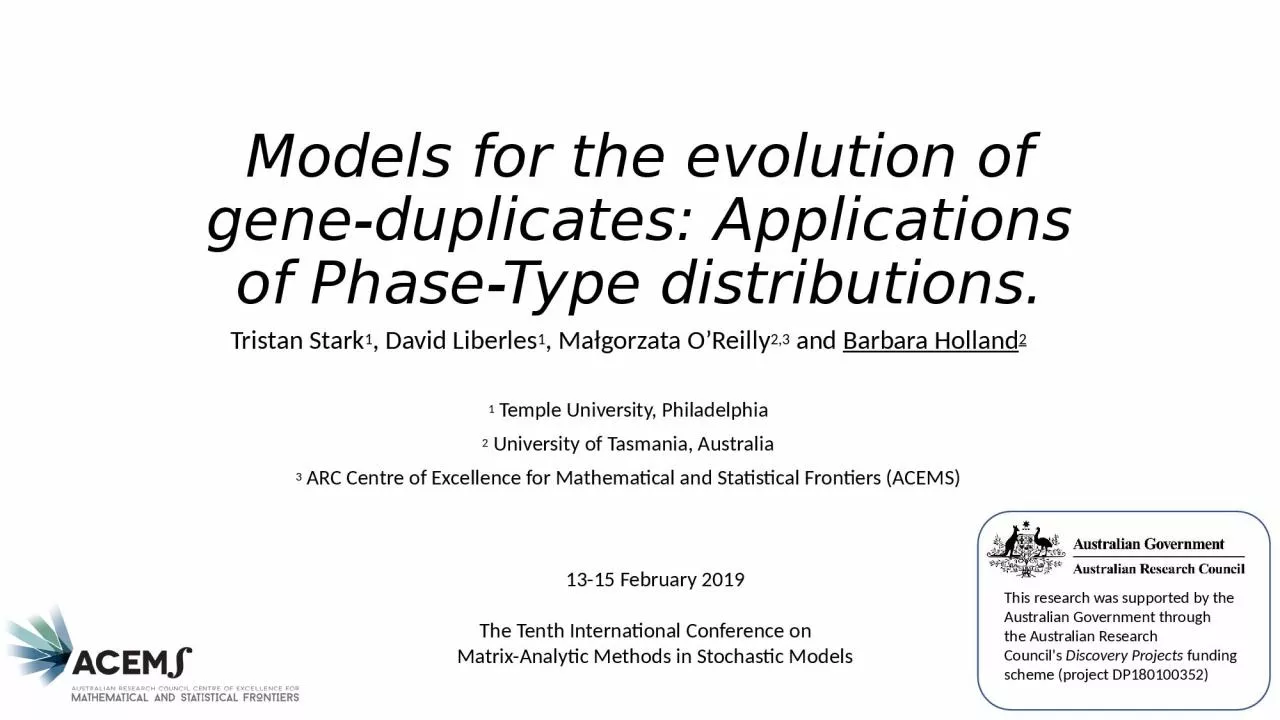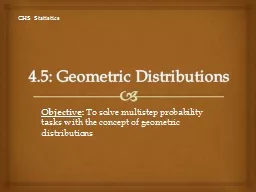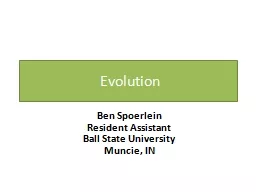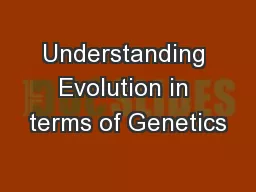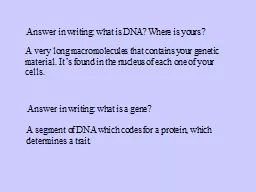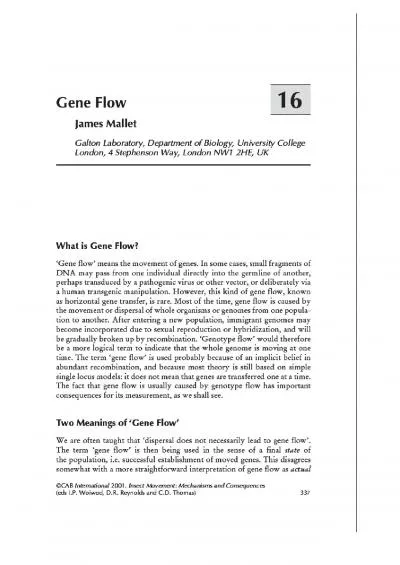PPT-Models for the evolution of gene-duplicates: Applications of Phase-Type distributions.
Author : jainy | Published Date : 2024-03-13
Tristan Stark 1 David Liberles 1 Małgorzata OReilly 23 and Barbara Holland 2 1 Temple University Philadelphia 2 University of Tasmania Australia 3 ARC Centre
Presentation Embed Code
Download Presentation
Download Presentation The PPT/PDF document "Models for the evolution of gene-duplica..." is the property of its rightful owner. Permission is granted to download and print the materials on this website for personal, non-commercial use only, and to display it on your personal computer provided you do not modify the materials and that you retain all copyright notices contained in the materials. By downloading content from our website, you accept the terms of this agreement.
Models for the evolution of gene-duplicates: Applications of Phase-Type distributions.: Transcript
Download Rules Of Document
"Models for the evolution of gene-duplicates: Applications of Phase-Type distributions."The content belongs to its owner. You may download and print it for personal use, without modification, and keep all copyright notices. By downloading, you agree to these terms.
Related Documents

